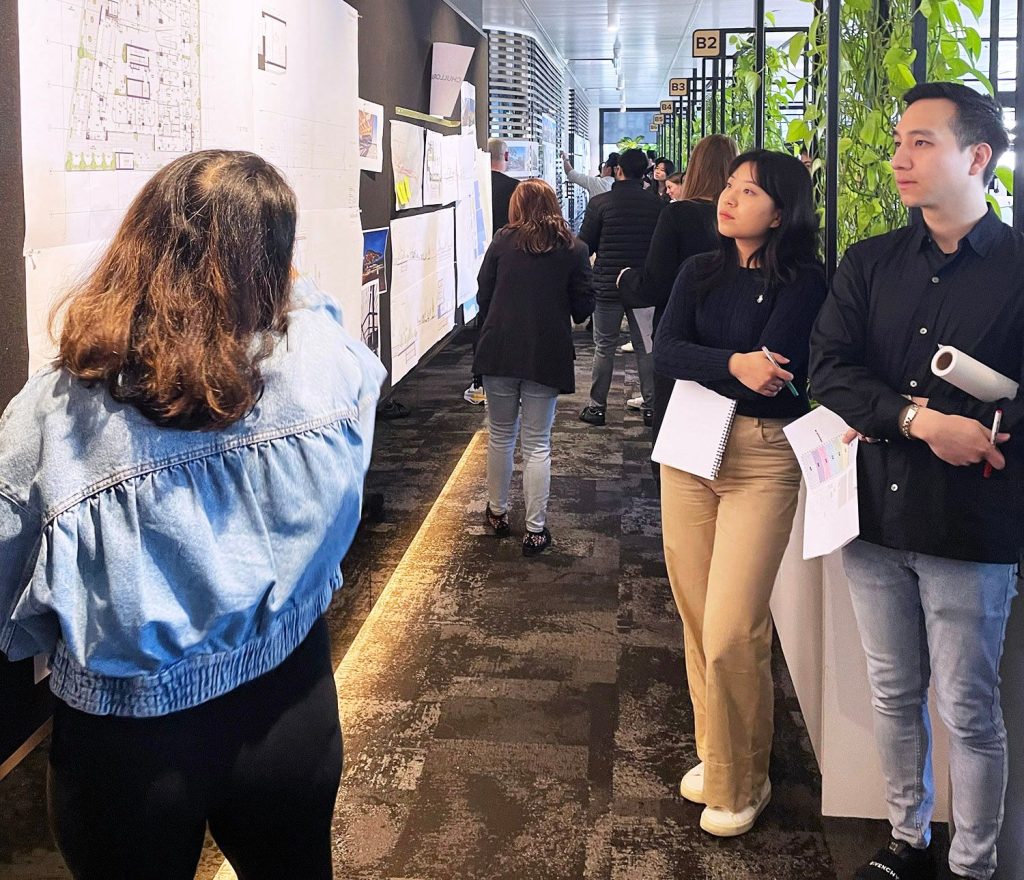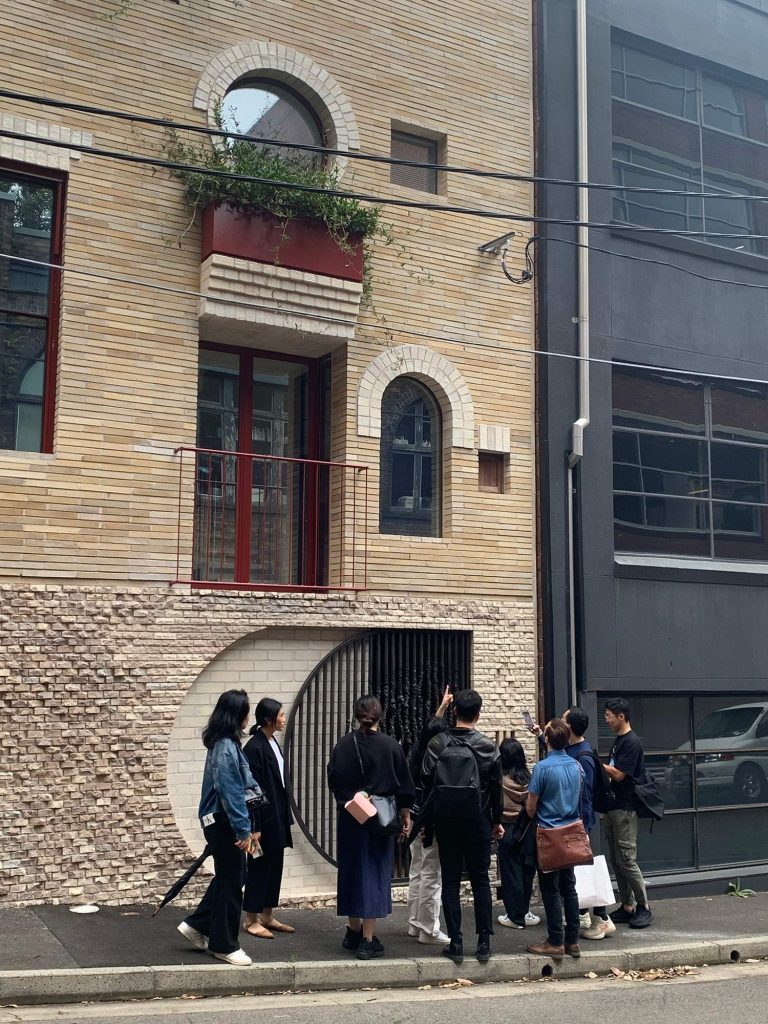
Doing your best work – why design culture matters
Doing your best work – why design culture matters
Share
Does your practice have a design culture? TURNER associate director Claire Mallin shares why it should and how TURNER cultivates a strong one.
What gets architects and design practitioners out of bed in the morning? A love of design. The creativity, the problem-solving and the joy of bringing something to life. It’s the reason we show up every day.
That’s why design culture matters. It keeps us engaged and challenged, and our passion for design alive. It motivates us to do our best work – and then go a bit further.

What is design culture?
Design culture puts conversations about design and design ideas into the daily activities of a design studio. It builds in time, space and moments during the day and the week for everyone to step back, interact and share ideas.
It involves formal activities such as reviews and critiques, and informal activities like design walks and talks.
Importantly, for design culture to thrive, everyone must have the chance for their voice to be heard in a safe and supportive environment. A strong design culture raises everyone up to feel part of something and produce great work. It’s a shared attitude that values creativity, ambitious ideas and diverse perspectives.
It may sound odd that talking about design is not a given in a design practice. But when people are deeply engaged in project work, it requires effort to stop, reflect and learn from what others in the studio are doing. It’s the function of our practice’s Design Culture Panel to enable this by organising and facilitating activities that allow everyone in the studio the chance to participate and grow.
What are the benefits of design culture?
At the highest level, design culture drives design excellence and propels the profession forward. On an individual level, it makes work interesting, creative and fulfilling.
In the early years of a career, it builds confidence and skills by providing support, mentoring and inspiration.
For practices, it attracts and retains talented staff. It supports designers and teams to collaborate, innovate, push boundaries and go the extra mile to do outstanding work. Input from people of different ages, backgrounds and circumstances leads to better, more complex outcomes.
And that has a positive impact on the lives of people, and our role in transforming cities.

What does a strong design culture look like?
First up, a design studio should look and feel like one. Have work pinned on walls, models on show, and lots of books and magazines. Make design visible and create a place that sparks spontaneous conversations.
Design reviews at project milestones are part of the formal quality assurance system in most practices. Invite students, graduates and all staff up to director level, including interior, graphic and cross-disciplinary designers, to sit on panels. Make it clear that it’s a safe place to express an opinion so team members at all levels feel comfortable challenging a director about how to do something better.
Allocate half an hour a week to design pin-ups. Ask every team to pin up what they’re working on and remind them that design happens at every point in a project. Get two teams per week to talk about their work for 15 minutes, and give junior team members the opportunity to present so they can build confidence in an informal setting.
Design walks get everybody out of the office and generate rich design conversations. Grab a coffee, walk around, take some photos and discuss the merits or otherwise of a project. It’s inspiring and motivating, particularly for less experienced team members, to see award-winning projects that can inform what they are working on. It helps everyone focus on how to be good designers.

Model-making is a great way to understand a building. Computer modelling has its place but making a physical model lets you slow down, test forms, flesh out ideas and get to know your building in a different, more tactile way. Create guidelines and offer support so it’s not a challenge to get started if people want to make a model, whether 3D printed, hand-crafted or VR.
A fun activity to foster creativity and collaboration is internal design competitions. Make up teams and submit proposals for external projects such as public art competitions. It’s a chance for everyone to collaborate with people they wouldn’t normally work with and encourages creative thinking outside everyday project work. In Sydney, we love working on submissions for Vivid and Sculptures by the Sea. Our successes build communal pride.
And last but not least, ask directors and practice leaders to present talks about their journey. Often the most successful talks are not about design but how experiences have shaped and informed decisions or design qualities. Sharing personal stories breaks down barriers and makes senior team members approachable. A strong design culture is not hierarchical.
Research-based advocacy organisation Parlour’s three-year research project into the well-being of architects reveals that a passion for design can be extinguished if not nurtured with time, space and care.
As a practitioner and practice leader, I encourage all emerging designers to find a workplace with a great design culture – a place where ‘good design’ is not just two words but is talked about and embedded into every day.
Claire Mallin is an associate director at TURNER in Sydney with 11 years of experience. Claire leads the practice’s Design Culture Panel, which creates opportunities for dialogue and critique around design to filter through the entire studio and make good design a focus.
You Might also Like























